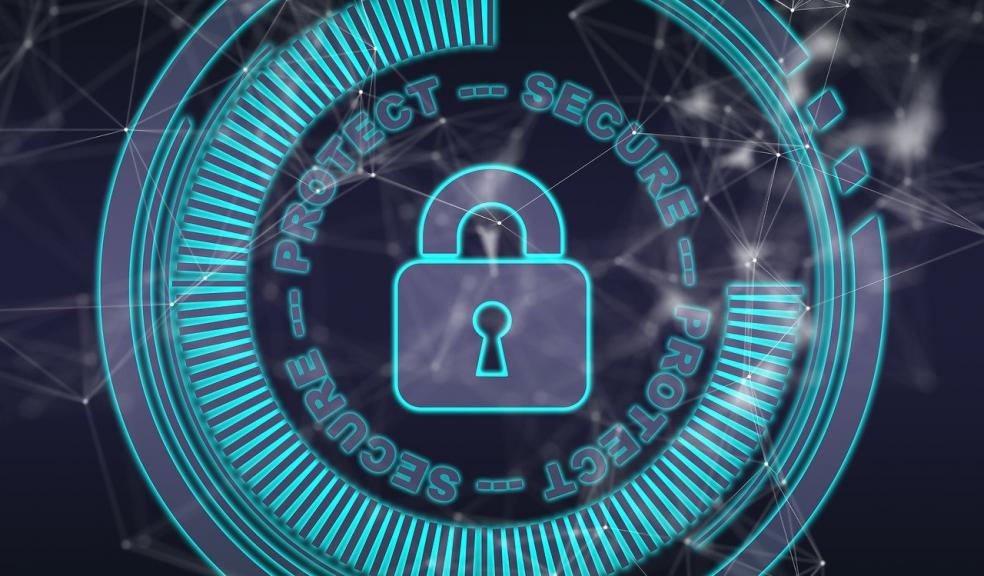
The role of artificial intelligence in the business cybersecurity space
These days it’s practically impossible to run effective cybersecurity technology without relying heavily on machine learning. At the same time, it’s impossible to effectively use machine learning without a comprehensive and rich approach to the relevant data. How did machine learning become so critical to cybersecurity?
The media approaches automation and technology from different angles, though most analysts address modern-day automation as possible disruption of the human workforce and taking our jobs in the future. Today’s automation certainly offers many benefits – for example, pattern recognition in self-driving cars or robotics in manufacturing. This wide application of machine learning and its respective solutions have become an important subject, resulting in a positive impact and outcome for our society.
Focusing on data as a top priority
Imagine combining opportunities for machine learning with the endless choices that Internet activity has imposed. Innovations in social media from companies like Facebook, Netflix and Google heavily influence in shaping today’s generation, and making the world more accessible and transparent. When combined, they provide a great opportunity to almost anyone in any corner of the world to innovate and facilitate a better life. Industries like betting and casinos have embraced the innovation wave, implementing different segments of machine learning and AI in their business models. Online gaming websites and platforms are often under a data threat or hack attack, so their main focus is to provide the highest security experience for both their business and customers.
This subject was spontaneously imposed after the massive growth in popularity of online casino games, especially slots games. Famous game providers and their popular online slots such as Starburst, Double Bubble and Eye of Horus slot game try to keep up with the latest trends when it comes to keeping the players’ data in quality and secure manner. In short, machine learning can make cybersecurity more proactive, simpler and far more effective. But it can only do those things if the data that supports the process provides the complete picture of the environment. So, why is focusing on data is critical for a successful outcome in cybersecurity?
Machine learning is about figuring out patterns and handling them with proper algorithms. In order to develop patterns, you need a lot of rich data, because it needs to represent the maximum outcomes from as many potential scenarios. However, it’s not just about the quantity of data – it’s also about its quality. The data must be relevant, complete and rich in context from every potential score – whether that is at the endpoint, on the network or in the cloud. You also have to focus on the fact that large data sets have to be cleaned in order for the data to make sense and define the outcomes.
Traditional data analysis has a much more difficult time dealing with large data volumes, whereas machine learning handles this process much more efficiently. The analysis often takes a multi-pronged approach that spans new opportunities, defends valuable assets and protects them from criminal activities. When it comes to cybercrime, machine learning can help in the process of protecting your assets and business as a whole. From the perspective of data, cyber threats are unique because most of the data is normal and only a small amount could be a representative cyber threat. Even the most sophisticated machine-learning techniques will have a hard time identifying the problem, especially if that type of threat hasn’t been identified before.
Behaviour analytics
In terms of cybersecurity software, the equivalent of human’s daily routine is an established or learned data behaviour. The cybersecurity defence systems tend to establish the behaviour on a pre-learned basis or via dynamic learning over a defined period of time. Any possible behaviour alterations that are, for example, similar to theft is in the realm of behaviour analytics that can identify anomalies before they happen. For leaders on the business side, this is a perfect time to ask the right questions to their colleagues in terms of security. There are several areas on which to focus:
- Does the company have the right data to respond to an active attack? Does the team have information on the network, endpoints or various clouds in which data is deployed?
- Is the data structured in a way that can be used for decision making and detection, or is it just sitting there? Can we effectively leverage data that comes from multiple sources?
- Is the team confident enough that in using the data they can detect attacks in the network and is it using automation for detection and response?
There’s so much more to say about machine learning and AI that businesses can be excused if they feel like their business model might be at risk. When it comes to cybersecurity, however, the potential for machine learning to have a dramatic impact is quite impressive. Only those companies that are forward-thinking and innovation-oriented in order to take care of their data would benefit and raise the business to a higher level.













